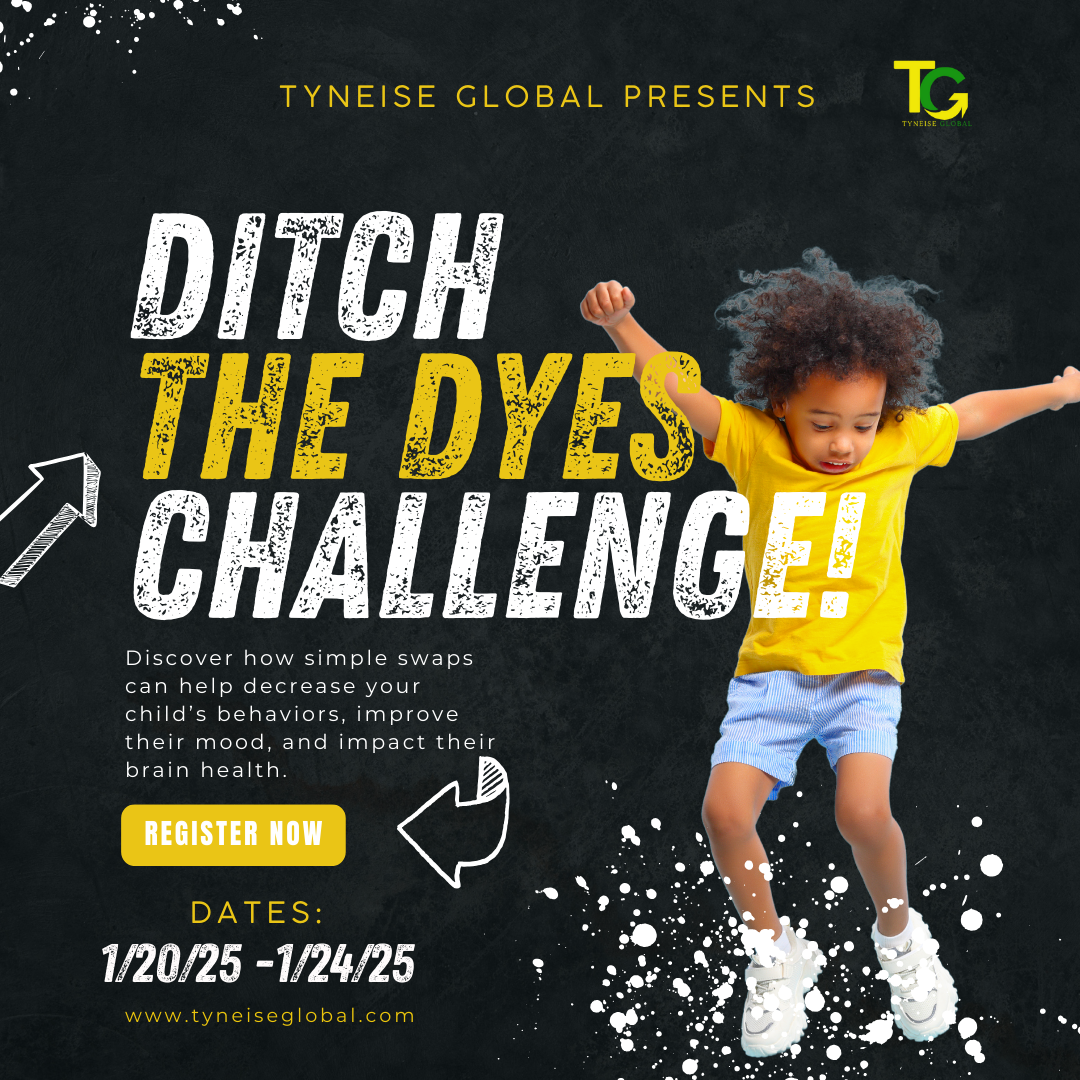

Our Story 2.0
As a new mother, we understood the emphasis to eat well, drink lots of water, and to take our prenatal vitamins to foster brain and spine development of our babies in utero. What we consume is vital.
Once the ob/gyn office confirmed that I was indeed pregnant, I was handed a packet that listed all the foods and activities that I should avoid. Hmmm..no hotdogs or lunch meats, as they have nitrates, fish that are high in mercury, oh….and drink juices that are pasteurized. No eating at hot bars due to the increased risk and exposure of bacteria. Avoid gardening, digging in dirt, or changing a cat’s litter box to avoid the risk of an infection called toxoplasmosis. All these new things that I’ve never heard of before brought with it a new kind of fear. I remember feeling like the risk of bacteria was everywhere and I had to be this superhero in order to protect the baby from these invaders that apparently, seemed to come from everywhere.
But now this precious baby is a young child and they are bombarded with snacks, processed foods, sweets galore, and multiple harmful chemicals in our food. Take the check-out line in the grocery store for instance. Skittles, starbursts, M&M's, ring-pops, and a number of option of chips for your delight. All the flashy colorful candies are screaming for the attention of your child.
Do we simply give in or should we educate ourselves to protect our children? This is why we're doing this challenge.
I've looked at the research and I've heard from several mothers of autistic children who will tell you that once they removed red dyes from the diets of their children the behaviors significantly decreased. Let's take the challenge and ditch the dyes!
Research on Dyes and Children
According to the Center for Science in the Public Interest (CSPI), “Synthetic dyes” includes the following dyes and any approved lakes produced therefrom: Blue 1, Blue 2, Green 3, Red 3, Red 40, Yellow 5, and Yellow 6. According to the USDA Branded Foods Database, more than 36,000 American food products contain Red 40, and more than 8,000 foods sold in the US contain carcinogenic Red 3.
Breaking news as of 1/15/25 -The FDA has officially banned Red3.
NBC News reports that the FDA is banning the use of Red No. 3, a synthetic dye that gives food and drinks their bright red cherry color that has been linked to cancer in animals.
But here's the thing, the FDA banned the additive in cosmetics in 1990 under the Delaney Clause, a federal law that requires the FDA to ban food additives that are found to cause or induce cancer in humans or animals. BUT......they continued to allow it in the food of our children!
MSN reports that consumer advocacy groups have stated that this decision comes a full 25 years after scientists at the agency determined that rats fed large amounts of the artificial color additive were much more likely to develop malignant thyroid tumors than rats who weren't given the food coloring. They also had an increased incidence of benign tumors and growths that can be precursors to cancer.
In addition to Red3, multiple studies have found a link between synthetic food dyes and increased hyperactivity and inattention in children, both with and without pre-existing behavioral disorders.

Our Goal
Investopedia reports that a business ecosystem is the network of organizations—including suppliers, distributors, customers, competitors, government agencies, and so on.
We want to put a spin on this. Our ecosystem is the network of households, families, daycare centers, school systems, organizations, churches, and bakeries who have one common goal. Let's preserve the lives of our children!
Together via education and our pledge to do better, we can do just that!

The 3-Step Strategic Process
Although the challenge is five days, it can be simplified in a three-step process.
Day 1: Education
We'll spend time educating the community about the effects of dyes in our food and drinks by sharing the research.
Day 2: Investigation
It's time to search through your cabinets, refrigerator, and pantries to discover what ingredients are in your foods.
Days 3-5: Implementation
Graphics will be shared to help those who have committed to the challenge to make simple swaps from the foods and drinks that have dyes to a healthier alternative.



